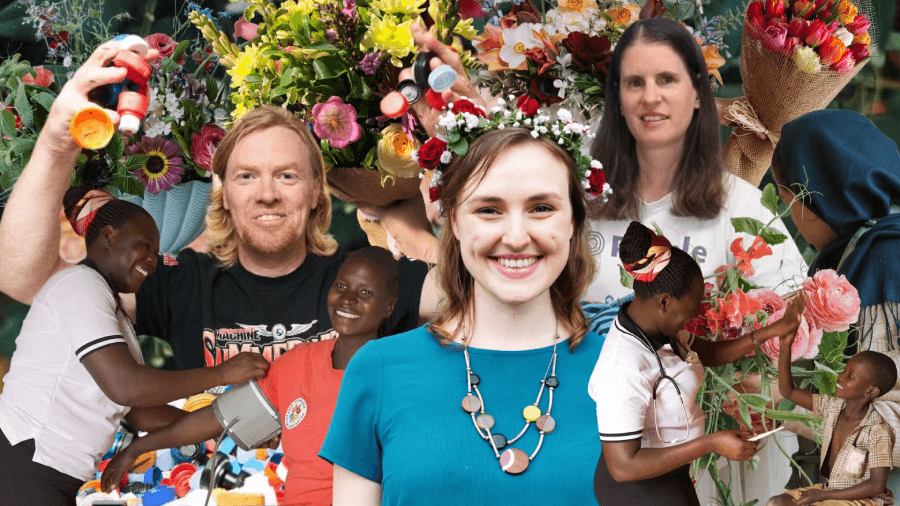Let’s talk about trust. It’s everywhere in the news these days. In fact, research shows us Australians are more likely to trust a business just because it interacts positively on social media.
While that’s good news for innovative social enterprises, not all the research is positive.
Swinburne University spent the past year polling 1,000 Australians on their perceptions and expectations of institutions across the government, public, private and NFP sectors. Of the five sectors that Australians were polled on, the public sector, including schools and hospitals, finished with a net positive score.
Meanwhile, the private sector, government and NFPs all ranked negatively.
With social enterprise being a largely unregulated term in Australia, organisations in the cause space need to work even harder to be transparent and build loyalty and trust.
Luckily, we can draw on the power of social media to find and nurture our tribe of trusting followers. Here are four posts that focus on building trust for you to use.
Articulate a clear mission
Share with your audience exactly why your organisation does what it does. Take them on a journey back to the mission that your organisation’s founders laid out for what they wanted to see in the world.
This can be very personal, taking your followers back in time to the life of your founder. Were they influenced by something that they saw wrong in the world? A family member’s illness? A political event that prompted them to step up and make a change? Share the motivating facts for your work and precisely what you want to achieve.
Personalise your message so that those who read it feel as though they want to join you on this mission and are given evidence that you are the right person to carry it out.
Explain where donations are going
Building and maintaining trust is an ongoing dialogue, that is ever-changing in light of events out of your control. Take any opportunity you can to provide evidence of the effectiveness of donations and thank donors for the integral role they have played in the work your organisation does.
Say for instance, you just ran a crowdfunding campaign to send fifty underprivileged kids to sports camp. Be sure that in the weeks that follow you share photos of the equipment you have bought and how much it cost. Share profiles or interviews with the coaches you have hired. And of course, the direct impact- videos and photos (with permission!) of the camps in action.
Take an educational standpoint on some of your posts to be transparent in showing how much it costs to put on the camps. Then, follow up with the warm and fuzzies, Involve testimonials from the participants and their parents that show the direct effects of the camp to prove their return on investment!
Call on your community to leave you reviews
In the digital world that we live in, social proofing more often than ever comes in the form of an authentic review. How many times have you looked at what guests said before booking an Airbnb? Getting a well-balanced library of reviews from those who use your services, volunteers, donors and staff on your Facebook page is a valuable marketing tool because it is seen as an objective opinion of your brand.
Even though you can’t control what people write, you can ask engaged volunteers or a very grateful recipient of your services to write a review if it seems appropriate. Then, you can share these reviews as posts as a regular part of your content plan, say every couple of months. It reinforces, from an unbiased perspective, the value of the work you do.
Introduce your team, explain what they do and why
If your team feels comfortable appearing on social media, be sure to introduce them. Putting a smiling face to the organisation lets people see the human side they can connect to. Including information about why they chose to join the team, what a staff member’s favourite project is or share how they feel about the social good their organisation is achieving.



